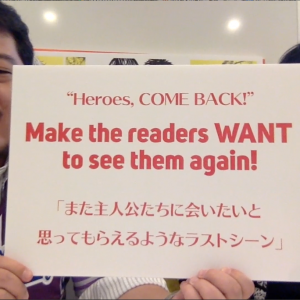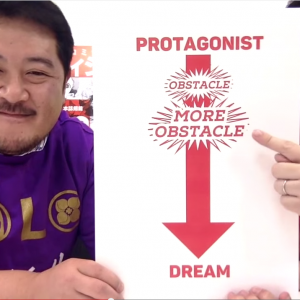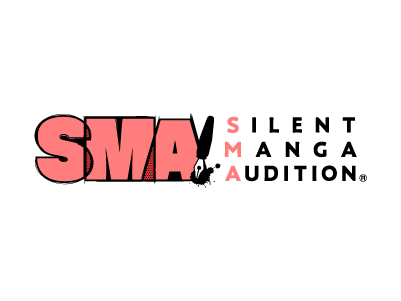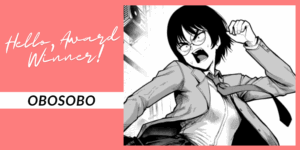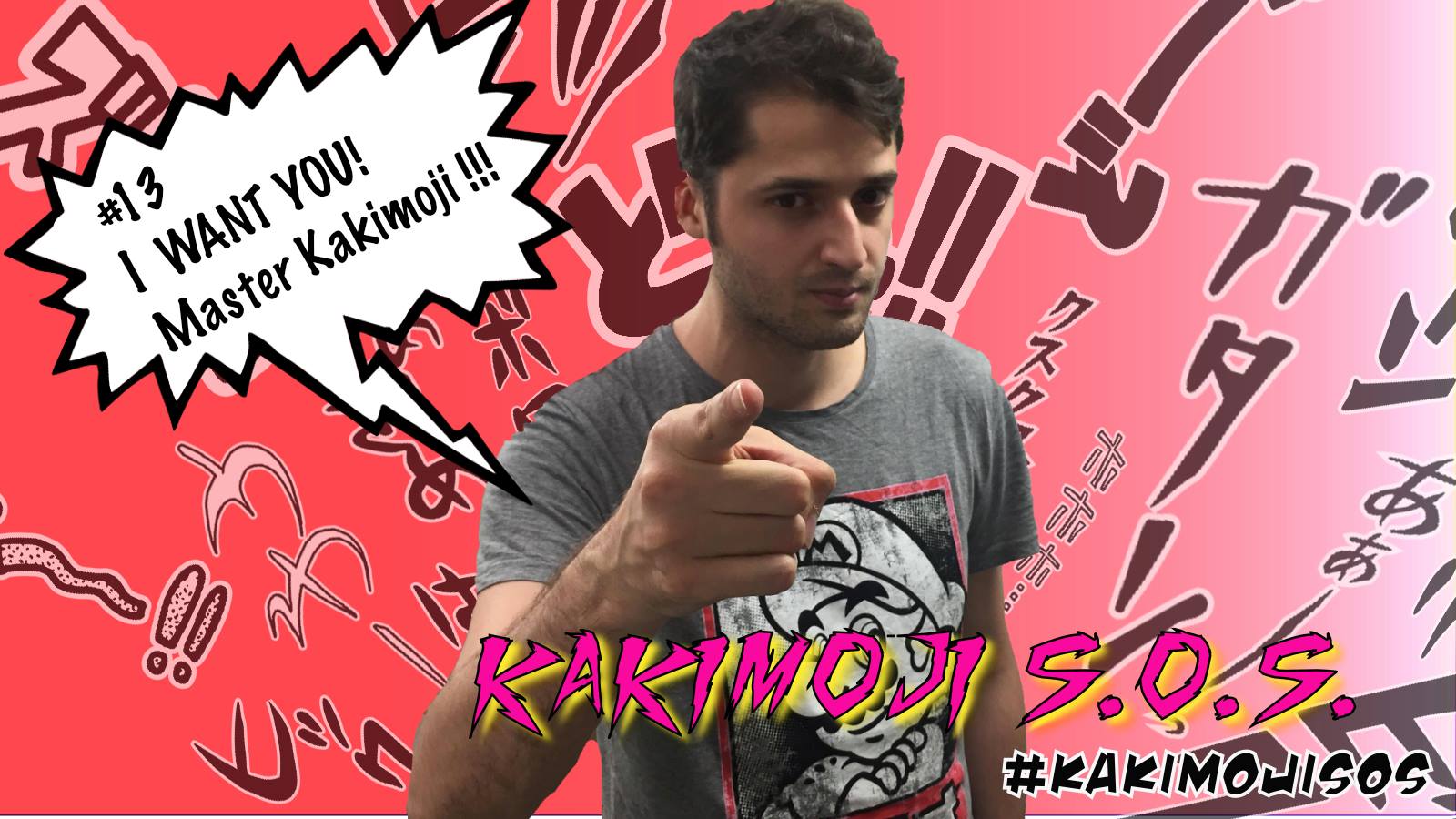
But how important are they?
Foreign writers may find it difficult to fully understand the importance of Kakimoji. First and foremost, Japanese Kakimoji is very complex. Secondly, using Japanese Kakimoji in manga requires an in-depth knowledge of the nuances involved. As a result, the Kakimoji used will greatly define the tone and depth of the manga so mastering this important element of manga creation is vital for any aspiring manga creator. Let’s learn about Kakimoji, and how to master them! ● The Frequency of Kakimoji Have you ever wondered how much your favorite manga creators use KakimojI? Well, I attempted to count how many Kakimoji were used thought each series featured in the Monthly Comic Zenon 7th anniversary commemorative issue! The results are as follows… Title: Souten no Ken Regenesis
Page count: 73pp
Number of Kakimoji: 223
Title: Wakako zake
Page count: 6pp
Number of Kakimoji: 19
Title: Kyo kara City Hunter
Page count: 28pp
Number of Kakimoji: 32
Title: Ikusa no Ko
Page count: 21pp
Number of Kakimoji: 52
Since each chapter has a different number of pages, let’s display the percentage of Kakimoji usage per page, per chapter*
Title: Souten no Ken Regenesis
Page count: 73pp
Number of Kakimoji: 223
Title: Wakako zake
Page count: 6pp
Number of Kakimoji: 19
Title: Kyo kara City Hunter
Page count: 28pp
Number of Kakimoji: 32
Title: Ikusa no Ko
Page count: 21pp
Number of Kakimoji: 52
Since each chapter has a different number of pages, let’s display the percentage of Kakimoji usage per page, per chapter*
Souten no Ken: 305%
Wakako zake: 316%
Kyo kara City Hunter: 114%
Ikusa no Ko: 247%
* Of course, Kakimoji are not evenly distributed throughout, so please keep this number as a mere reference. What I really want you to pay attention to, is the frequency of Kakimoji usage in one single chapter of a Japanese manga. ● The Utility of Kakimoji! (in a battle scene…) The use of Kakimoji in battle scenes, such as in “Souten no Ken” and “Ikusa no ko”, is remarkable. In the explosive scene above, Hara sensei employs bold Kakimoji, that almost burst from the panel. This usage brilliantly illustrates the psychological impact of war, filling the air with loud, heavy and disturbing sounds.
By coupling the Kakimoji sounds with these bold styles, the read is instantly drawn into the story.
Above, the Kakimoji from “Souten no Ken”, directly expressing a character’s mood:
In the explosive scene above, Hara sensei employs bold Kakimoji, that almost burst from the panel. This usage brilliantly illustrates the psychological impact of war, filling the air with loud, heavy and disturbing sounds.
By coupling the Kakimoji sounds with these bold styles, the read is instantly drawn into the story.
Above, the Kakimoji from “Souten no Ken”, directly expressing a character’s mood:

(Piku Piku… Moving nerves, frustration)
(Giri Giri… Irritated and bruising)
This particular character appears three times, over three pages and his is constantly accompanied by “Pikupiku” Kakimoji. From the off, we imagine this character to be “a very nervous person”. Despite his brief appearance, the character’s personality has been firmly established. All thanks to the Kakimoji used! ● Everyday Manga with Everyday Scenes The usage of Kakimoji in “Kyo kara City Hunter” may not be as frequent as in other manga, but it’s ever present in the most mundane of situations. Take this relatively relaxed conversation, the pages are dripping with Kakimoji!
The usage of Kakimoji in “Kyo kara City Hunter” may not be as frequent as in other manga, but it’s ever present in the most mundane of situations. Take this relatively relaxed conversation, the pages are dripping with Kakimoji!
 Indeed, even everyday, slice of life manga like “Wakako zake” use Kakimoji more than we imagined, able to “spice up” the pages.
In “Wakako zake”, a charming manga about one woman’s culinary journey around Tokyo, Kakimoji are often designed in simple shades to better show off the food and enable us to almost taste the wonderfully drawn delicacies.
Indeed, even everyday, slice of life manga like “Wakako zake” use Kakimoji more than we imagined, able to “spice up” the pages.
In “Wakako zake”, a charming manga about one woman’s culinary journey around Tokyo, Kakimoji are often designed in simple shades to better show off the food and enable us to almost taste the wonderfully drawn delicacies.
 So the Kakimoji frequency in our manga pages is important, too!
How can we spread the imagination of the reader and convey sound, sensation, smell as well?
So the Kakimoji frequency in our manga pages is important, too!
How can we spread the imagination of the reader and convey sound, sensation, smell as well?
Just by drawing a good frame, unfortunately there are things that can not be conveyed to readers. Picture, dialogue, frame work and Kakimoji … The totality of these 4 elements is what we call “manga”!
I’m starving!! Kakimoji really do add to the manga reading experience! How can we spread the joy of Kakimoji with sound, sensation and smell? Surely it’s not as easy as combining a picture, panel, dialogue and kakimoji?!
Yes Penmaru! Yes it is Penmaru! Next time, I’ll introduce you, and all out friends to the differing techniques used. If you have any Kakimoji questions, give me a shout using #kakimojisos on Twitter! CIAO!FOLLOW ME for more Kakimoji tips! Twitter Facebook …and remember to use the hashtag #kakimojisos 😉










